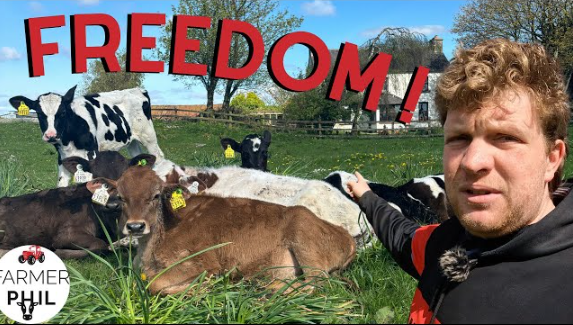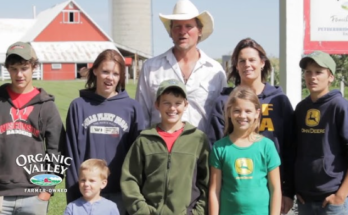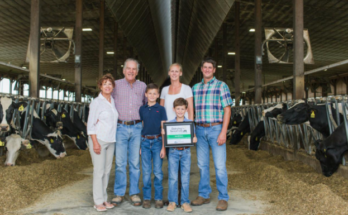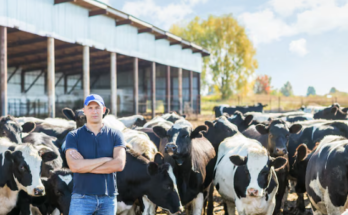Lots of brand new calves! Plus getting to jobs that have long been neglected (in a contented way).

Calves are Popping Up All Over: Starting a Cattle Farm with Success
Starting a cattle farm can be an exciting and profitable endeavor, especially when you see new calves “popping up” every season. However, for beginners, there’s a lot more involved than simply buying some cows and waiting for them to calve. To ensure success, careful budgeting, farm site selection, and strategic planning are essential. Here’s a step-by-step guide on how to approach starting a cattle farm and set yourself up for success.
1. Budgeting for Your Cattle Farm
One of the first things you need to do when starting a cattle farm is develop a comprehensive budget. Cattle farming can be capital-intensive, especially at the outset, but understanding your costs and financial obligations is key to success.
Initial Costs: Your largest expenses will likely be purchasing land and cattle. Land prices can vary widely depending on location, but you might expect to pay anywhere from $1,000 to $5,000 per acre depending on the region and land quality. A small farm for raising cattle typically requires at least 20-40 acres of land to support a herd, especially if you plan to raise cattle primarily on pasture.
Buying cattle is the next major expense. For beginners, the cost of purchasing young cattle—such as calves or weaned heifers—can range from $600 to $2,500 per head, depending on the breed and quality. It’s generally wise to start with a manageable herd size of 10-20 cattle, especially if you’re new to farming, which means your initial investment in livestock could run from $6,000 to $50,000.
Ongoing Costs: There are also recurring expenses such as feed, healthcare (including vaccines and veterinary services), and farm labor. A key part of the budget will be for feed. If you plan to use rotational grazing, which is common in sustainable cattle farming, you may be able to minimize feed costs, but you will still need to provide supplemental feed during the winter months. Additionally, setting aside a portion of your budget for farm maintenance (such as fencing repairs, equipment, and water systems) is essential.
2. Site Selection for Your Cattle Farm
Choosing the right site for your cattle farm is one of the most critical decisions you’ll make. The ideal farm site should have several important characteristics: good soil quality, ample water sources, and space for grazing. Pasture management will be a significant part of your farm’s success, so ensuring that the land can support nutritious grass for grazing is key.
You’ll also need to consider accessibility. Being close to suppliers of feed, equipment, and veterinary services is crucial. Additionally, having easy access to markets where you can sell your cattle or beef is a big advantage. Farms located near larger urban centers or meatpacking plants typically have lower transportation costs and can reach consumers more easily.
3. Timing and the Release Date for Cattle Farming
The “release date” for your cattle farm refers to when you plan to officially start operations, which should coincide with being fully prepared. While there’s no fixed starting point, many farmers prefer to begin their operations in the spring, as this allows calves to be born in the warmer months when pasture is plentiful. This helps minimize feed costs and ensures that your herd will have access to fresh grass for grazing. However, be sure that all your infrastructure, including fencing, barns, and water systems, is in place well before you purchase cattle.
4. Keys to Success for New Farmers
The success of your cattle farm will depend on several factors, including smart financial management, land stewardship, and proper animal care. For beginners, it’s crucial to build a support network of experienced farmers, veterinarians, and local agricultural advisors. These resources can provide valuable knowledge on best practices for cattle health, breeding, and nutrition.
Financial discipline is essential. It may take several years to reach profitability, so it’s important to stay on top of your cash flow and manage operating costs effectively. By implementing rotational grazing techniques, investing in sustainable practices, and focusing on animal health, you’ll create a solid foundation for long-term success.
With patience, dedication, and careful planning, you can build a successful cattle farm that will thrive for years to come. From managing your budget to selecting the right site and carefully timing your operations, these key elements will help you turn your farming dreams into a profitable reality.



